Hyundai i30 vs Subaru Outback – Performance, range & efficiency compared
Everyday use, family trips or long-distance drives – here’s where the differences show.
Discover whether Hyundai i30 or Subaru Outback fits your lifestyle better.
Costs and Efficiency:
Price and efficiency are often the first things buyers look at. Here it becomes clear which model has the long-term edge – whether at the pump, the plug, or in purchase price.
Hyundai i30 has a clearly advantage in terms of price – it starts at 24000 £, while the Subaru Outback costs 37200 £. That’s a price difference of around 13243 £.
Fuel consumption also shows a difference: Hyundai i30 manages with 5.70 L and is therefore significantly more efficient than the Subaru Outback with 8.60 L. The difference is about 2.90 L per 100 km.
Engine and Performance:
Power, torque and acceleration are the classic benchmarks for car enthusiasts – and here, some clear differences start to show.
When it comes to engine power, the Subaru Outback has a somewhat edge – offering 169 HP compared to 140 HP. That’s roughly 29 HP more horsepower.
In acceleration from 0 to 100 km/h, the Hyundai i30 is slight quicker – completing the sprint in 9.60 s, while the Subaru Outback takes 10.20 s. That’s about 0.60 s faster.
In terms of top speed, the Hyundai i30 performs barely noticeable better – reaching 197 km/h, while the Subaru Outback tops out at 193 km/h. The difference is around 4 km/h.
There’s also a difference in torque: Hyundai i30 pulls barely noticeable stronger with 253 Nm compared to 252 Nm. That’s about 1 Nm difference.
Space and Everyday Use:
Cabin size, boot volume and payload all play a role in everyday practicality. Here, comfort and flexibility make the difference.
Both vehicles offer seating for 5 people.
In curb weight, Hyundai i30 is distinct lighter – 1291 kg compared to 1643 kg. The difference is around 352 kg.
In terms of boot space, the Subaru Outback offers clearly perceptible more room – 561 L compared to 395 L. That’s a difference of about 166 L.
In maximum load capacity, the Subaru Outback performs clearly perceptible better – up to 1822 L, which is about 521 L more than the Hyundai i30.
When it comes to payload, Subaru Outback hardly perceptible takes the win – 557 kg compared to 509 kg. That’s a difference of about 48 kg.
Who wins the race?
The Hyundai i30 proves to be slightly ahead and therefore becomes our DriveDuel Champion!
Hyundai i30 is the better all-rounder in this comparison.
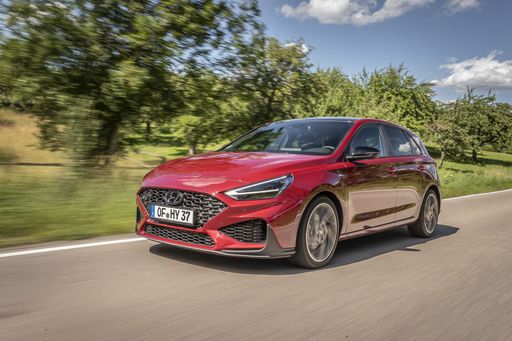
Hyundai i30
Hyundai i30
The Hyundai i30 stands out in the hatchback segment with its sleek design and modern features. It offers a comfortable ride with a well-crafted interior that caters to both driver and passengers. With its emphasis on safety and technology, the i30 provides a balanced driving experience suitable for urban and suburban environments.
details @ hyundai.news
@ hyundai.news
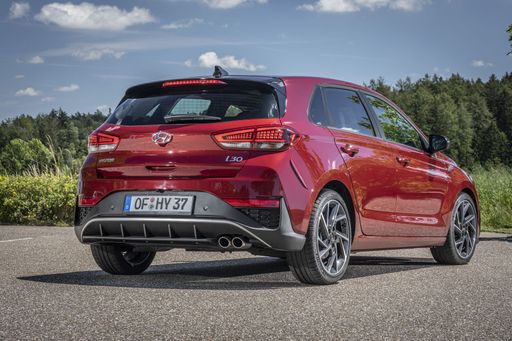 @ hyundai.news
@ hyundai.news
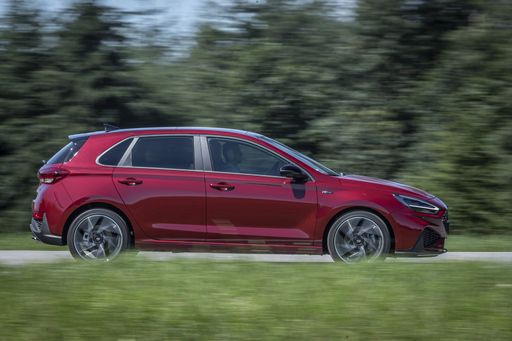 @ hyundai.news
@ hyundai.news
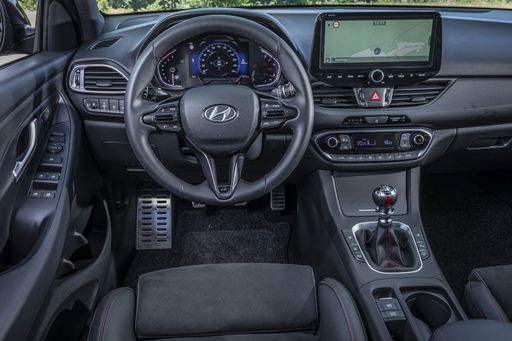 @ hyundai.news
@ hyundai.news
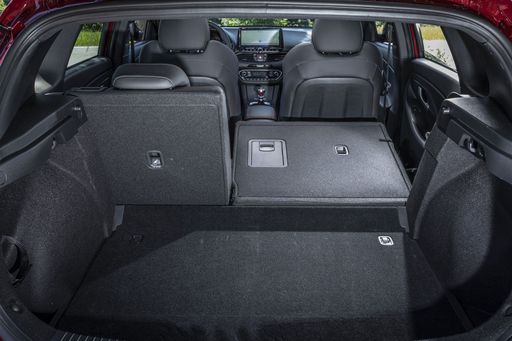 @ hyundai.news
@ hyundai.news
Subaru Outback
The Subaru Outback offers a perfect blend of rugged capability and modern comfort, making it an ideal choice for those who love adventure without compromising on convenience. Its robust design is complemented by advanced safety features and a spacious interior, ensuring a relaxed and secure driving experience. With a reputation for reliability and versatility, the Outback continues to stand out in its class, appealing to drivers who appreciate both performance and practicality.
details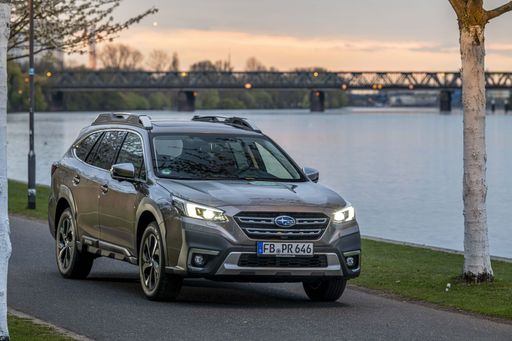 @ Subaru
@ Subaru

|

|
|
|
|
Costs and Consumption |
|
|---|---|
|
Price
24000 - 29300 £
|
Price
37200 - 41600 £
|
|
Consumption L/100km
5.7 - 6 L
|
Consumption L/100km
8.60 L
|
|
Consumption kWh/100km
-
|
Consumption kWh/100km
-
|
|
Electric Range
-
|
Electric Range
-
|
|
Battery Capacity
-
|
Battery Capacity
-
|
|
co2
130 - 136 g/km
|
co2
193 g/km
|
|
Fuel tank capacity
50 L
|
Fuel tank capacity
63 L
|
Dimensions and Body |
|
|---|---|
|
Body Type
Hatchback
|
Body Type
Estate
|
|
Seats
5
|
Seats
5
|
|
Doors
5
|
Doors
5
|
|
Curb weight
1291 - 1407 kg
|
Curb weight
1643 - 1676 kg
|
|
Trunk capacity
395 L
|
Trunk capacity
561 L
|
|
Length
4340 mm
|
Length
4870 mm
|
|
Width
1795 mm
|
Width
1875 mm
|
|
Height
1455 mm
|
Height
1670 - 1675 mm
|
|
Max trunk capacity
1301 L
|
Max trunk capacity
1822 L
|
|
Payload
463 - 509 kg
|
Payload
524 - 557 kg
|
Engine and Performance |
|
|---|---|
|
Engine Type
Petrol, Petrol MHEV
|
Engine Type
Petrol
|
|
Transmission
Manuel, Automatic
|
Transmission
Automatic
|
|
Transmission Detail
Manual Gearbox, Dual-Clutch Automatic
|
Transmission Detail
CVT
|
|
Drive Type
Front-Wheel Drive
|
Drive Type
All-Wheel Drive
|
|
Power HP
100 - 140 HP
|
Power HP
169 HP
|
|
Acceleration 0-100km/h
9.6 - 13.1 s
|
Acceleration 0-100km/h
10.20 s
|
|
Max Speed
178 - 197 km/h
|
Max Speed
193 km/h
|
|
Torque
172 - 253 Nm
|
Torque
252 Nm
|
|
Number of Cylinders
3 - 4
|
Number of Cylinders
4
|
|
Power kW
74 - 103 kW
|
Power kW
124 kW
|
|
Engine capacity
998 - 1482 cm3
|
Engine capacity
2498 cm3
|
General |
|
|---|---|
|
Model Year
2024
|
Model Year
2024
|
|
CO2 Efficiency Class
D, E
|
CO2 Efficiency Class
G
|
|
Brand
Hyundai
|
Brand
Subaru
|
What drive types are available for the Hyundai i30?
Available configurations include Front-Wheel Drive.
The prices and data displayed are estimates based on German list prices and may vary by country. This information is not legally binding.
